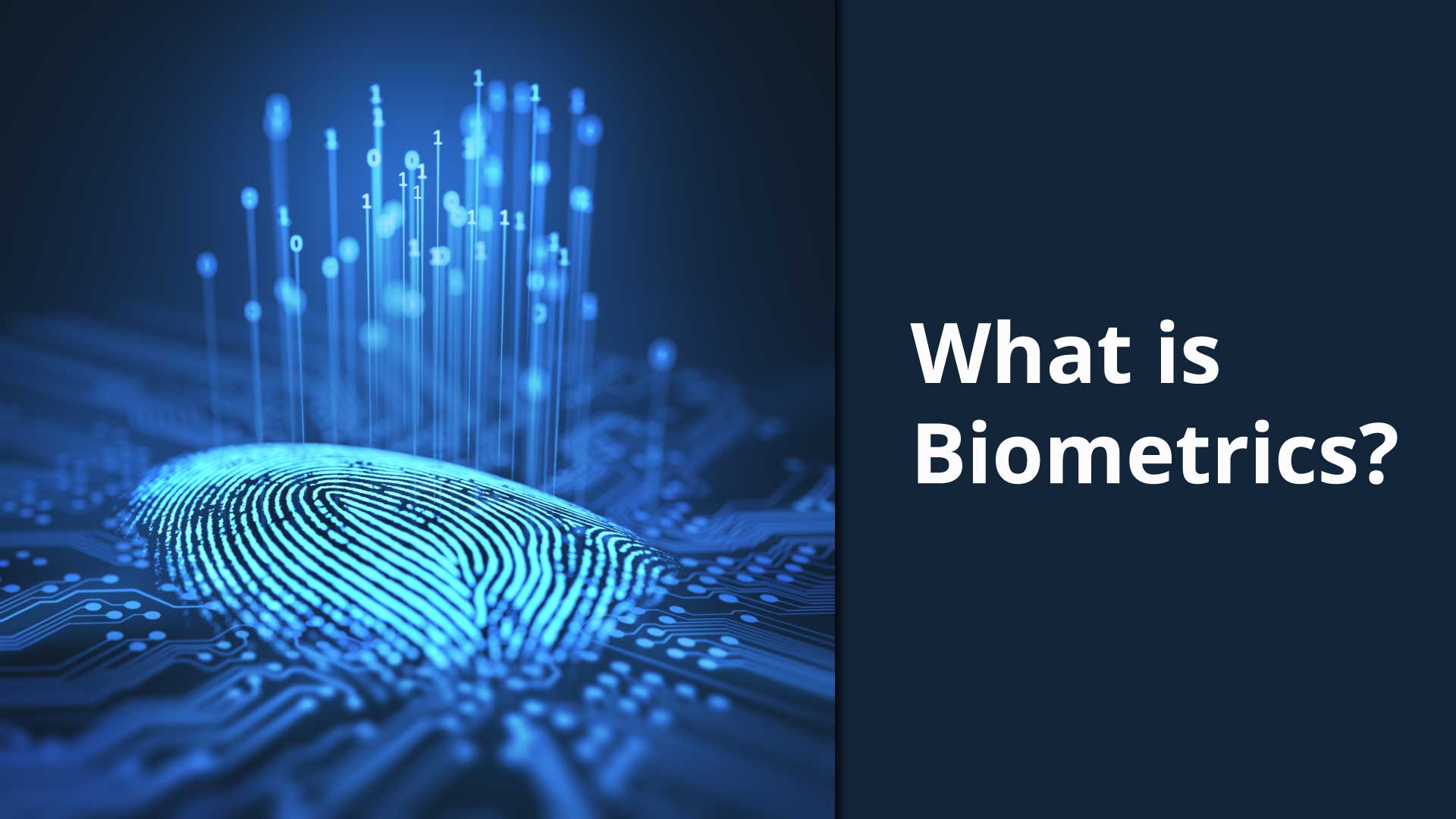“The good thing about biometrics is that people are relieved from the responsibility of designing and remembering a strong password – you don’t have to remember your fingerprint, it’s a part of who you are.”
– Dr. Mikhail Gofman
The term Biometrics is derived from two Greek words – ‘Bio’ meaning life and ‘metric’ meaning to measure. It is a technology that can measure and analyze people’s unique physical and behavioral characteristics. It is mainly used for identifying or granting access control to those who are under surveillance.
Types of biometric identifiers
It is broadly classified into two categories – Physiological identifiers and Behavioral identifiers.
Physiological identifiers are based on the measurements of certain parts of the body. It includes hand geometry, iris recognition, facial recognition, retina scanning, DNA matching and so on.
Behavioral identifiers are related to the unique ways in which individuals act. Some examples include signature keystrokes, gait, typing patterns and voice.
How does it work?
Biometric verification has become a conventional authentication process in many corporate firms, educational institutions, and public systems. Apart from being a means of security, it is a convenient process too since there are no security tokens to carry or passwords to remember.
A biometric system mainly includes:
- A reader or scanning device which captures the biometric data from a person
- Software that converts the scanned data into a digital format, and compares the new input with the stored data
- A database which securely stores the users’ biometric data
Advantages of Biometrics
- It is challenging to duplicate since biometric factors such as fingerprints are unique for each person.
- It offers strong accountability and authentication.
- Fingerprint recognition, voice and retina scanning are more comfortable options when compared to password-based authentication.
- It is non-transferrable like passwords.
- Behavioral biometrics can be used along with physiological identifiers to enable two-factor authentication.
Challenges associated with Biometrics
- If a server storing biometric data is hacked, crucial information of each user can be stolen which can lead to dire consequences.
- If the scanning device fails to capture data accurately, it can lead to failure of the system and reject an authorized person or accept an unauthorized person.
- May not be accepted by those who see this technology as privacy-invasive.
- Involves high costs and complexity in setting up the systems, integrating security programs, storing and managing the data.
Biometrics represents an evolving and cutting-edge security technology. Before implementing it in an organization, it is vital to have a thorough understanding of its strengths, limitations, and mode of operation. This can help take necessary measures to prevent loopholes that may facilitate fraud.
Read About RFID (Radio Frequency Identification): Click Here



It was nice to read this article. Thanks for your information.
Thank You